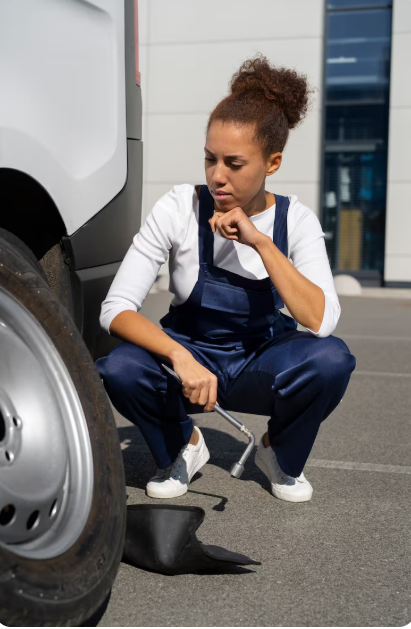Shipping a vehicle is generally a smooth, uneventful process—but just like with any mode of transport, there’s a small chance that something might go wrong. If you’re among the rare few who find damage on your car after shipping, don’t panic. What you do next can make all the difference in resolving the issue quickly and fairly.
First and foremost: do not sign the delivery paperwork without inspecting the vehicle. When your car arrives, you or your designated receiver should take a few minutes to walk around the vehicle with the driver. Look for any new scratches, dents, or visible damage that wasn’t there at pickup. Compare what you see with the original Bill of Lading—this document includes the condition report from when your vehicle was first loaded onto the trailer.
If you do notice damage, make sure to note it clearly on the Bill of Lading before signing anything. This step is critical. It provides the paper trail that proves the damage happened during transit. Without this note, filing a claim becomes much more difficult and the carrier may deny responsibility.
Next, take photos of the damage immediately. Capture clear, close-up shots as well as wider images that show the position of the damage on the vehicle. If the trailer is still present, snapping a few pictures of it too can be helpful. These photos will serve as evidence and will support your claim.
Once the vehicle has been documented and noted properly, contact the auto transport company or broker who coordinated your shipment. Let them know you’re initiating a damage claim. If you went through a broker, they’ll usually assist you in contacting the carrier. If you booked directly with a carrier, you’ll be dealing with their insurance department.
Every professional transporter is required to carry cargo insurance, which should cover damages caused during shipping. Ask for a copy of the carrier’s insurance policy if you don’t already have it from your original documents. Make sure the policy covers the type and amount of damage you’re reporting.
You’ll then be asked to submit your photos, Bill of Lading, and possibly repair estimates. Depending on the company, this process might take a few days to a couple of weeks. Many carriers work quickly to resolve small issues, especially if everything was clearly documented at delivery—this includes details like scratches, dents, or cracks on windshields and other exposed surfaces.
While your claim is being processed, don’t rush to repair the damage just yet—unless you’ve received written approval from the insurance provider. Some insurers may want to send an adjuster to inspect the car before repairs begin, particularly for more costly claims.
If the damage is minor—say, a scuffed bumper or small dent—the carrier may offer you a cash settlement for repairs. For more serious damage, they’ll likely reimburse you for professional bodywork based on submitted estimates or invoices.
In rare cases where the transport company is uncooperative or denies a clearly valid claim, you have options. You can file a complaint with the FMCSA (Federal Motor Carrier Safety Administration), contact your personal auto insurance for possible secondary coverage, or seek legal assistance. But most of the time, damage claims are resolved without escalating that far.
To protect yourself in future shipments, always:
- Take before and after photos
- Keep copies of all paperwork, especially the Bill of Lading
- Ask about insurance coverage before booking
- Inspect the car thoroughly before accepting delivery
It’s worth repeating: the majority of car shipments are completed without a scratch. But in the rare case something goes wrong, knowing how to handle the situation calmly and thoroughly makes a stressful moment much easier to manage. Understanding the basics of transport law can also help you navigate claims, responsibilities, and insurance processes more confidently, ensuring you’re protected from unnecessary delays or disputes.









